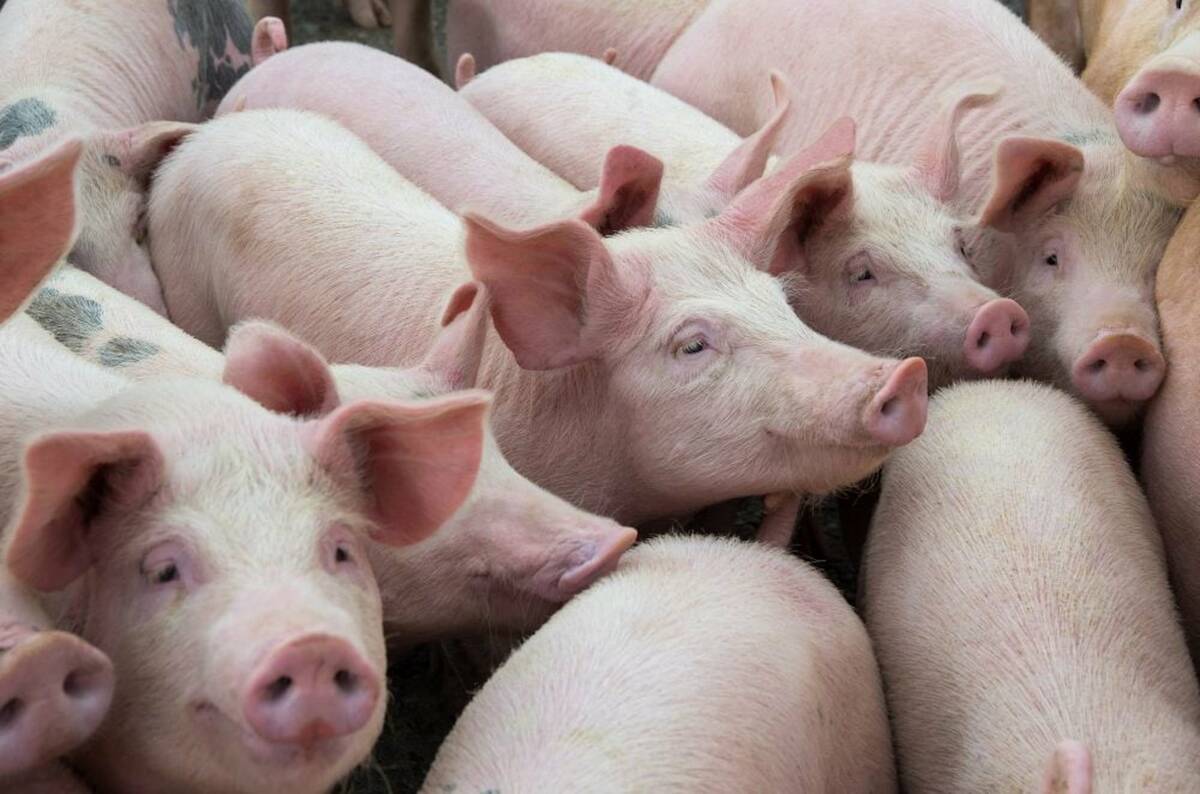MarketsFarm — Soybean prices on the Chicago Board of Trade (CBOT) are being pulled by three main factors, according to a trader.
Ryan Ettner from Allendale Inc. in McHenry, Ill. explained that erratic weather in Brazil and Argentina is having a major effect on soybean prices, as well as Chinese demand for U.S. soybeans and spillover from rising soymeal prices. He believes these factors will affect prices up to the start of the New Year.
Read Also

U.S. livestock: Hogs rise ahead of ‘Hogs and Pigs’ report
Chicago cattle futures continued to inch upward on Monday. Hogs also rose in anticipation of Tuesday’s Hogs and Pigs report….
“The fair value for beans for January is around $12.90 (per bushel, all figures US$) and here at $13.60, we’re 70 cents overpriced,” Ettner said. “To get 70 cents above fair value, it’s taking more than one factor. You can say weather’s one of them, but it’s actually one of three.”
Despite Russian missiles attacking the Ukrainian port of Odesa on Monday, any effect on corn and wheat prices caused by the conflict over the Black Sea was short-lived.
“Another Black Sea headline threat. Those are good for one- or two-day bounces, but we’ve seen 30 of these headlines (about) the Black Sea over the last two years… and then we kind of give those back,” he said.
However, Ettner added, wheat prices have “grinded lower” over the past week due to the U.S. Department of Agriculture rating the winter crop at 48 per cent good to excellent, a strong number for this time of year.
“That’s kept a little bit of pressure on (Kansas City hard red) wheat first, but it’s pulling Chicago wheat down with it,” he said.
Low U.S. wheat exports are also putting pressure on prices, according to Ettner. U.S. corn exports have also brought some pressure onto prices, but the effect has been minimal.
“It’s just tough to get enough news to really move the corn market around too much outside of a 10- to 15-cent range,” he said.
— Adam Peleshaty reports for MarketsFarm from Stonewall, Man.















